Brick Slip Build-Ups
The Key 3 installation methods to specify with brick slips.

Direct Application
Install straight onto an appropriate substrate like masonry or cement boarding for smaller projects.

Backer boards
Create a perfect substrate with grooved A1 fire-rated backer boards, for simple and effective installation.

Railed System
For Large or high projects, a non-adhesive based system using grooved slips on a metal frame.

When To Simply Tile
There are two main factors in deciding on direct application: substrate and size.
Firstly, the substrate must be appropriate- simply put that means stable masonry or cement boarding. Where this is the case, you can prime it, and use our A! fire rated adhesive and 10mm spacers to tile everything.
The size comes into play where it is no longer economical, and our backer boards with their routed courses make for a better and simpler project.
Usually direct application is used on blockwork walls on extensions, retaining walls or outbuildings such as garages.

Tile them on inside
Specifying an Internal Wall or Floor
If you're also specifying internally, for a feature wall, bathroom, kitchen or fireplace, there is usually no system needed.
It's ideal to tile onto cement board, but plasterboard is a perfectly fine substrate
Turn Any Build Into Brick
Brick Slip Backer Board Build-ups on the most common substrates

Timber Frame Build

ICF Build

SFS Build

The Extra bits
Insulation and Ventilation
If you're looking to create extra insulation, the simplest way is to use a timber frame to fill the cavity with insulation such as mineral wool.
Where required we can also supply the boards with a prefixed XPS or PIR insulation.
Ventilation is necessary as both slips and mortar will absorb moisture, 15mm minimum must be accounted for within the buildup.

Just Like Traditional Brickwork
Additional Allowances
The boards and slips follow regular brickwork regulations - damp proof coursing and movement joints are all the same as traditional brick.
This means you should include a damp proof membrane between both board and slip as you would normally.
Movement joints should be included every 10-12m of continuous brick slips.

Non-Adhesive based installation
How Does It Work?
For our Railed System, there is no adhesive required. Grooves are cut into the brick slips to allow them to slide onto a metal frame, with metal brick spacers to keep them on line.
For smaller projects you won't get the efficiency with all the component parts.

Measurements and corners
In order for us to give you an accurate estimation and quotation of the project, we'll need to know the total m² of the project, and the total linear metreage of external corners.
This is a key point for your design too- how the windows will look. If they are framed, or flush with the brickwork then you won't need corner tiles for around them. However, with any recess you'll need corner tiles along each side, and have a design decision at the top of the window. For the top of each window we usually advise using corner tiles vertically to create either a header course, or a soldier course, but if the recess is 80mm or less you could use stretcher reveals (the face and bottom of the brick) to keep the stretcher bond pattern.

Mortar colour
Something that often goes under the radar is the choice of mortar colour. The mortar makes up around 15% of the total look, so it is important to think about how you want to frame the brick slips.
We can offer premixed mortar to give a consistent colouring in grey, cream and white. If there's a specific colour you have in mind, let us know and we can source this for you.

Register with us so we can plan stock
If your project will be over 50m² it is a good idea to let us know so we can put it into our system and plan for the stock to mean that when the contractors need them, the wait time is manageable.
If it's a stocked blend this is easy enough for us to try and build into our stocks, and if not, we'll need to reserve the bricks for cutting.





